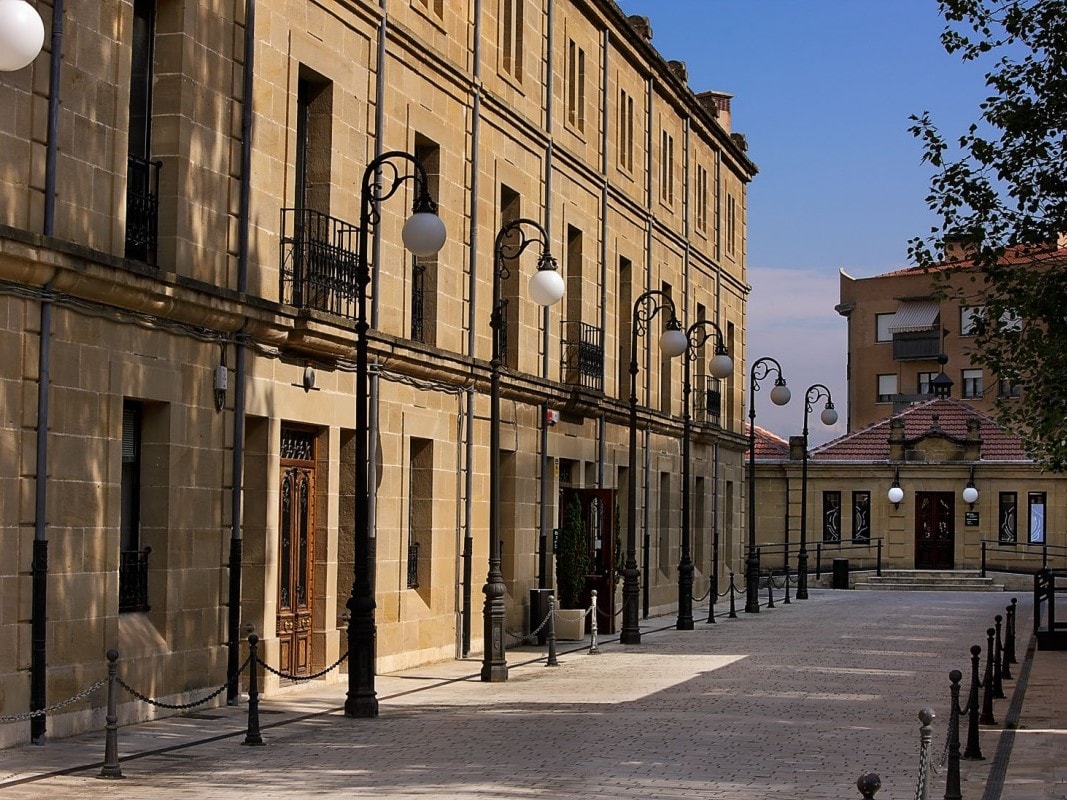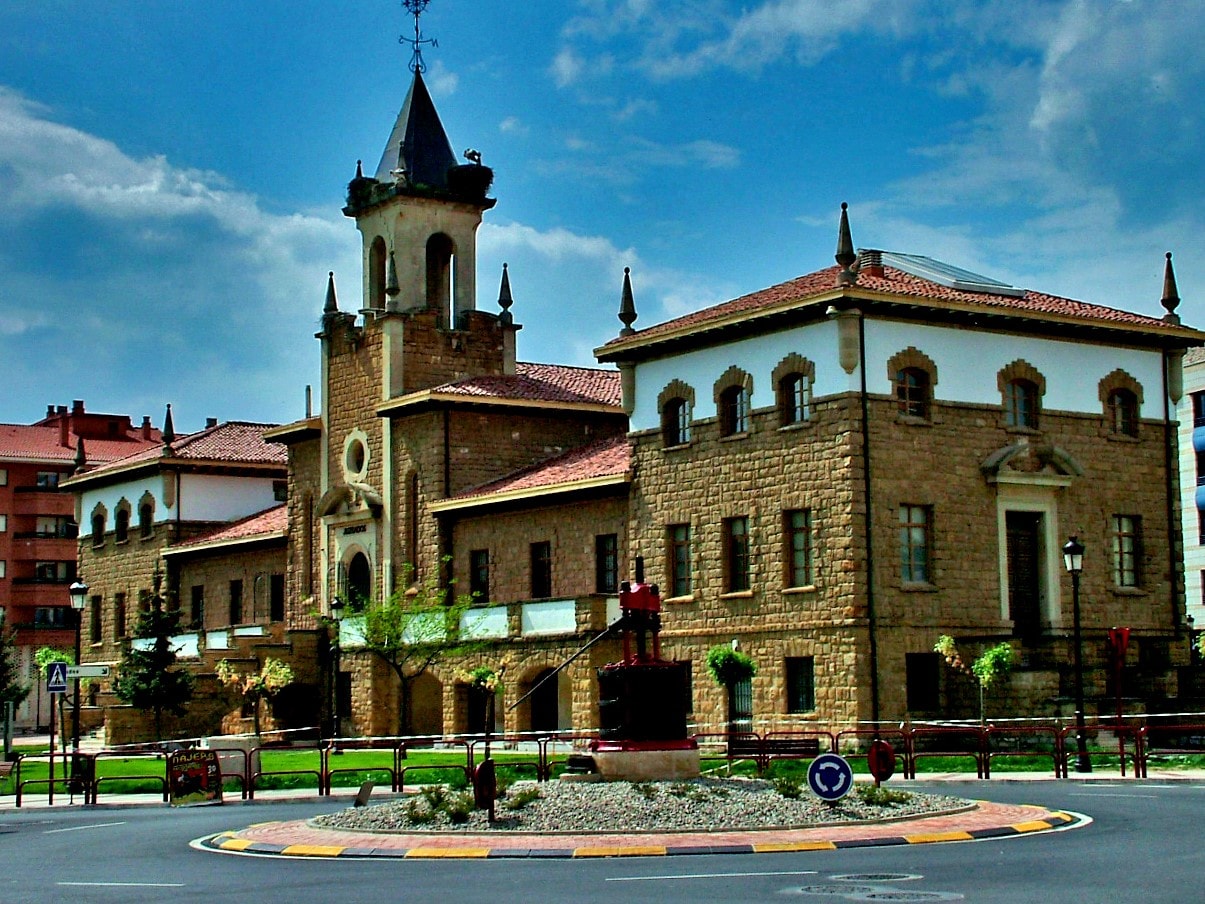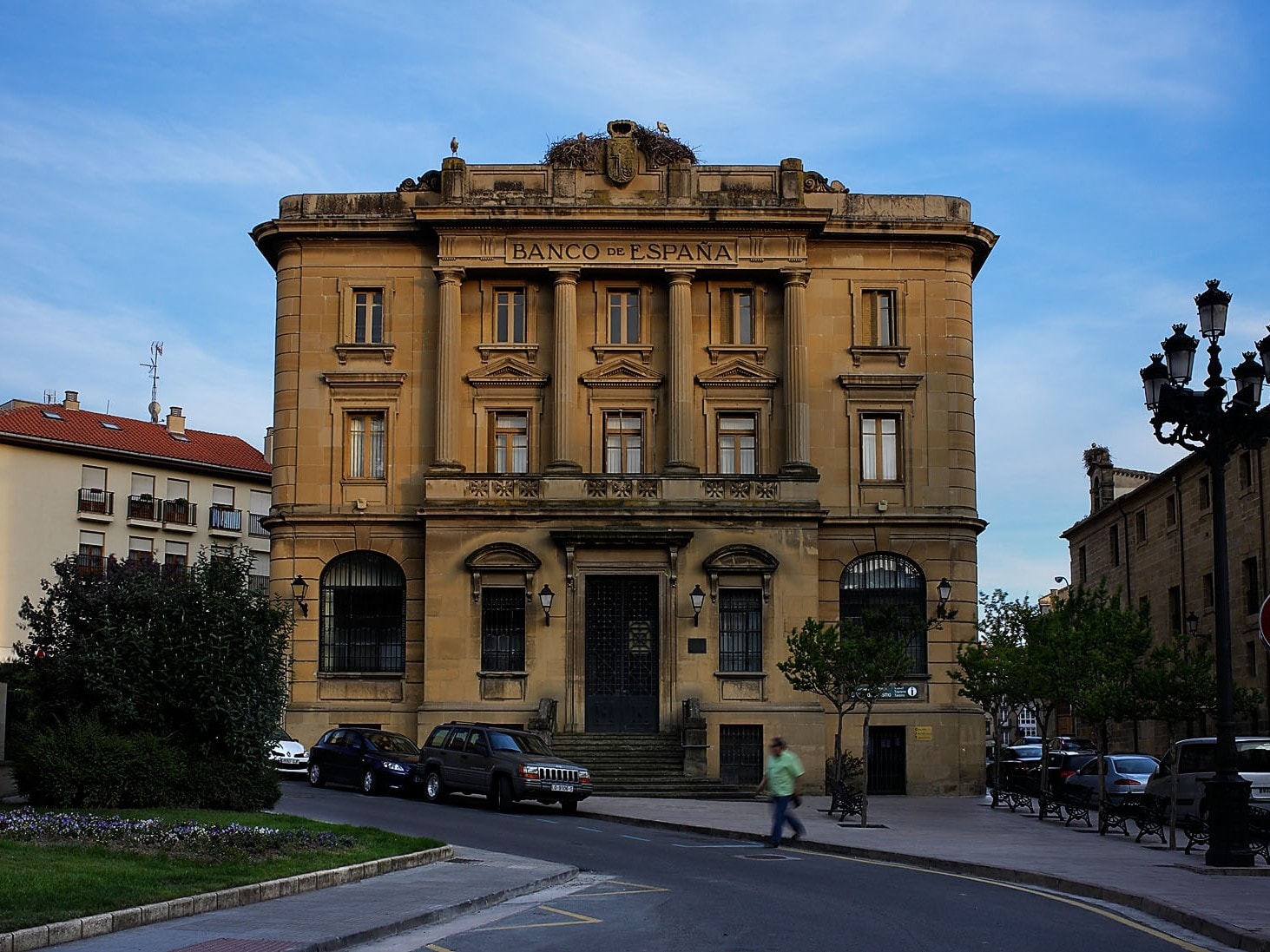Historical buildings
Enological station
It was created in 1892, the result of a need for expansion into new markets and the urgency of bringing Riojan winemakers up to date on new winemaking methods. Since then, it has been a key part of the decisive historical moments, linking the wine world to Haro and its region. It is worth noting, the work carried out in the recovery of the vineyard lost as a result of the phylloxera, its experimentation work to determine which varieties were most suitable to grow in La Rioja and their mixture to obtain a quality wine, as well as its task as standard-bearer of industrial modernization in the first 70s.
Address
Av. Bretón de los Herreros, 4, 26200
Cid Paternina Building
It was used as foundling home as an initiative of its founder, María Dolores Paternina García Cid, who donated his fortune to a board of trustees for the protection of the poor and the disadvantaged.
The building currently houses the premises of the bus station and First Court.
The building has as its central axis the chapel and on its sides are established two pavilions in the corners, as towers, which join with the church by two porched bodies with lowered archery on the ground floor. The building is rectangular in two heights built with much of the ashlars of the buildings of the old village of Atamauri on the outskirts of Haro.
Address
Castañares de Rioja Square, 26200
Bank of Spain
It was one of seven non-provincial populations that had a Branch of the Bank of Spain. It opened its doors on January 2, 1892 (at its first headquarters, Siervas de Jesús street), because of the economic boom experienced by the city after the phylloxera pests in France, which wiped out the vineyards of that nation and which increased the number of centers dedicated to the industrial exploitation of quality wine, to supply the neighboring country. Later it was located in st. Augustine's Square, and the building of Siervas de Jesús was renovated in 1925.
Address
Florentino Rodriguez Square, 2 26200



